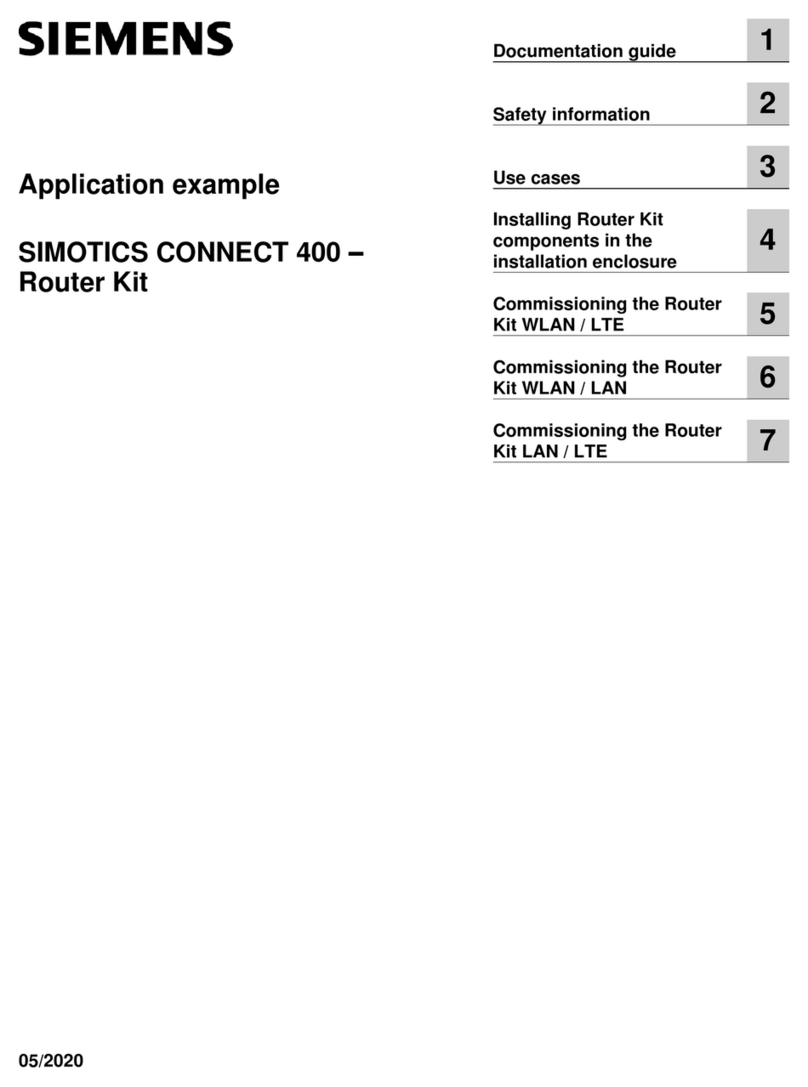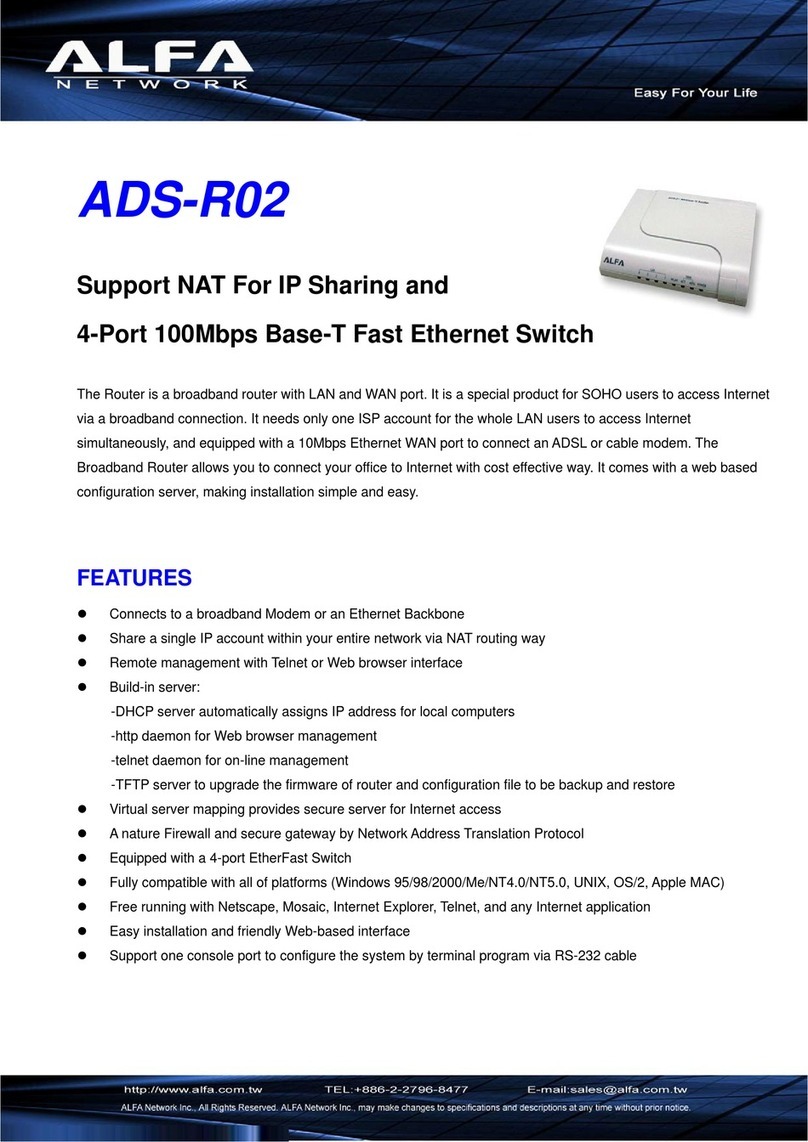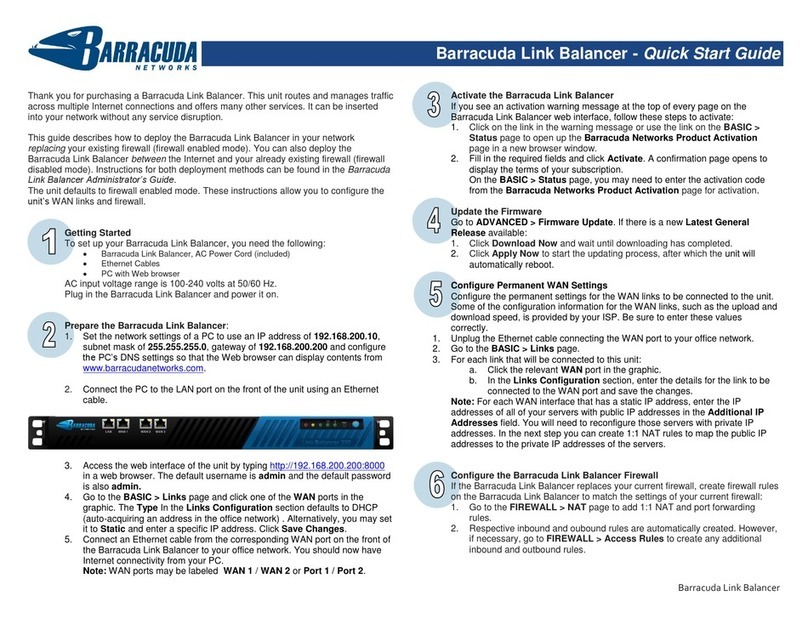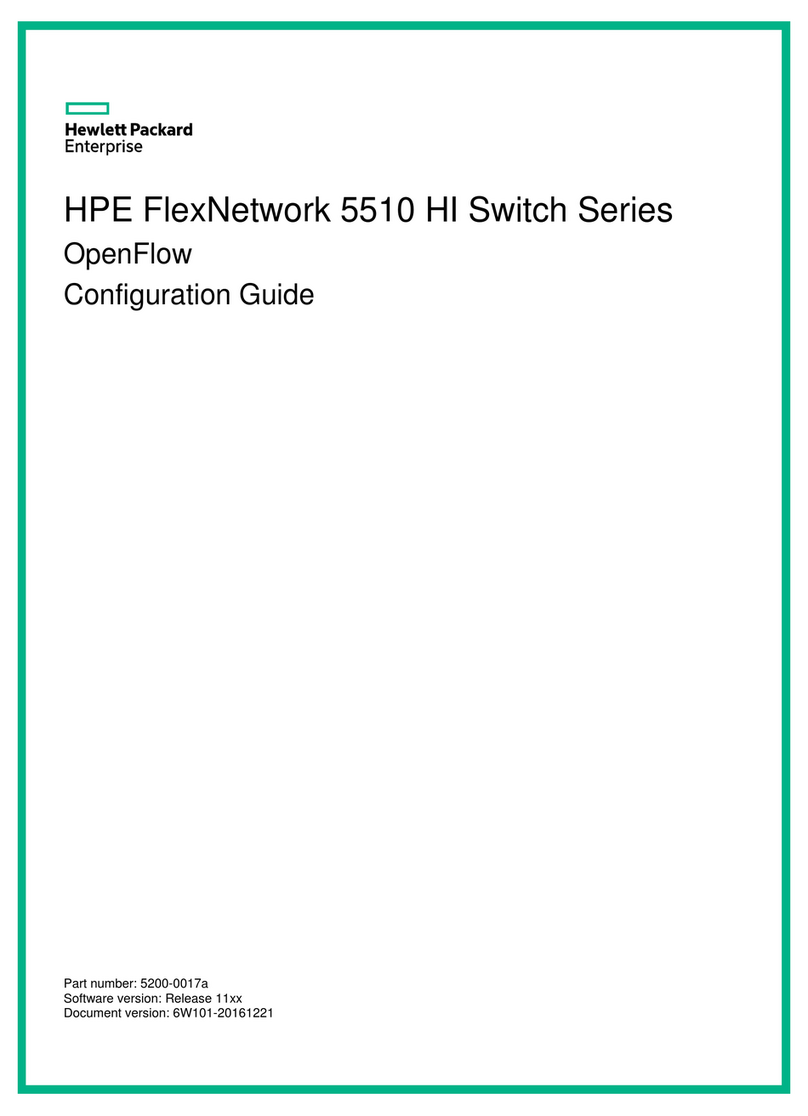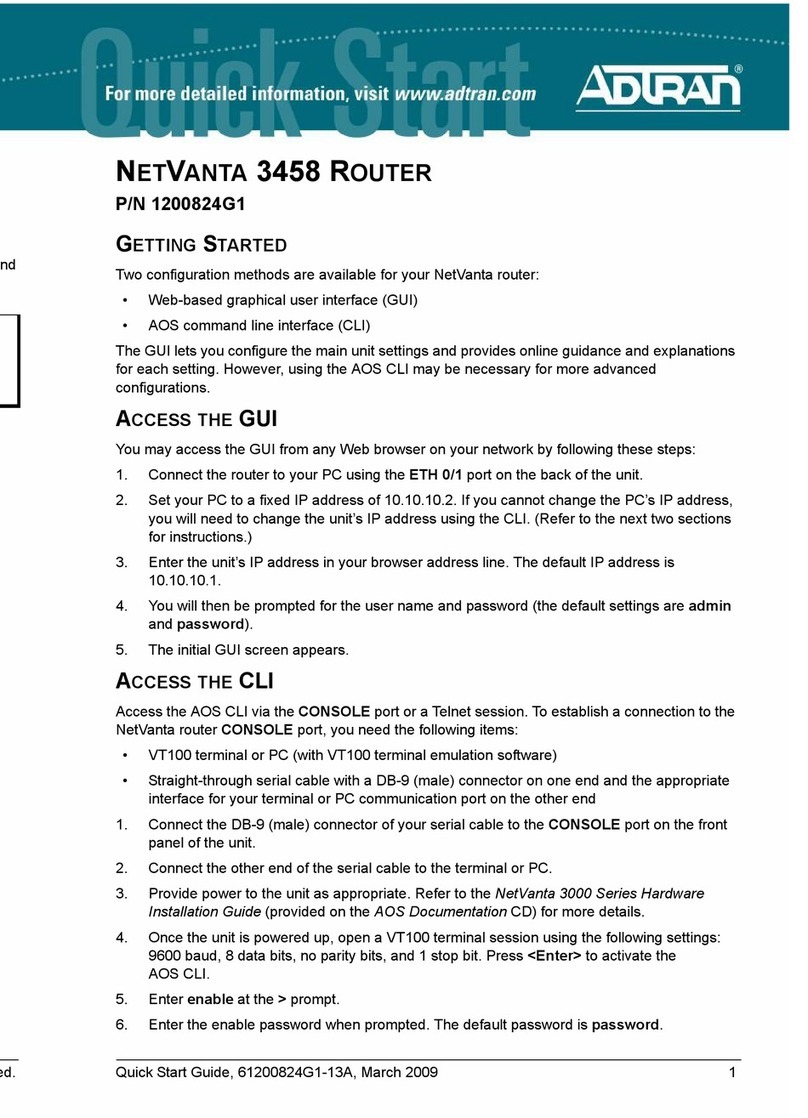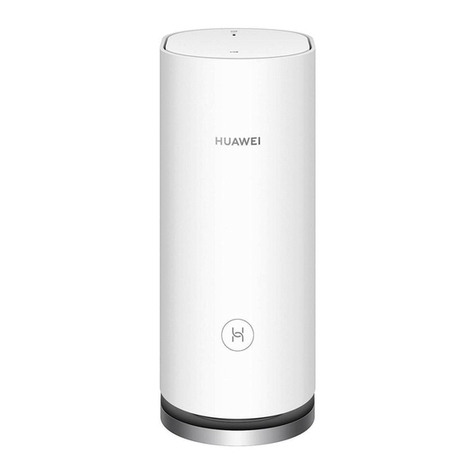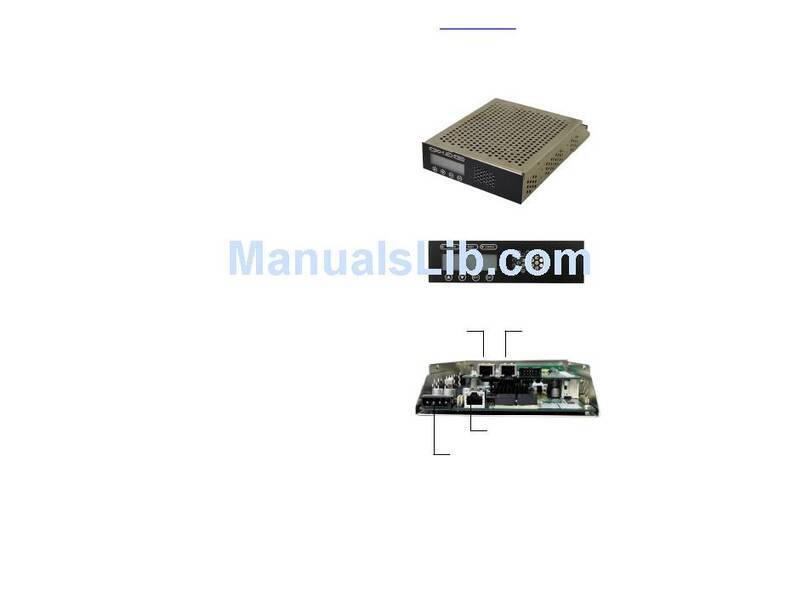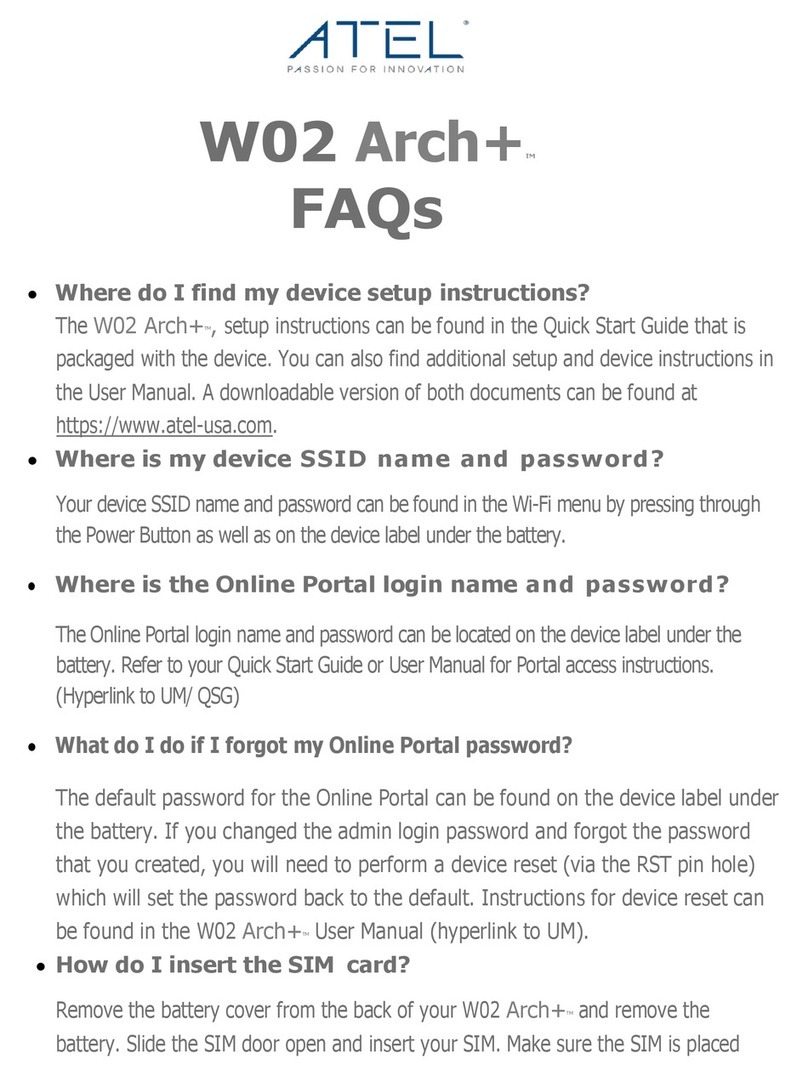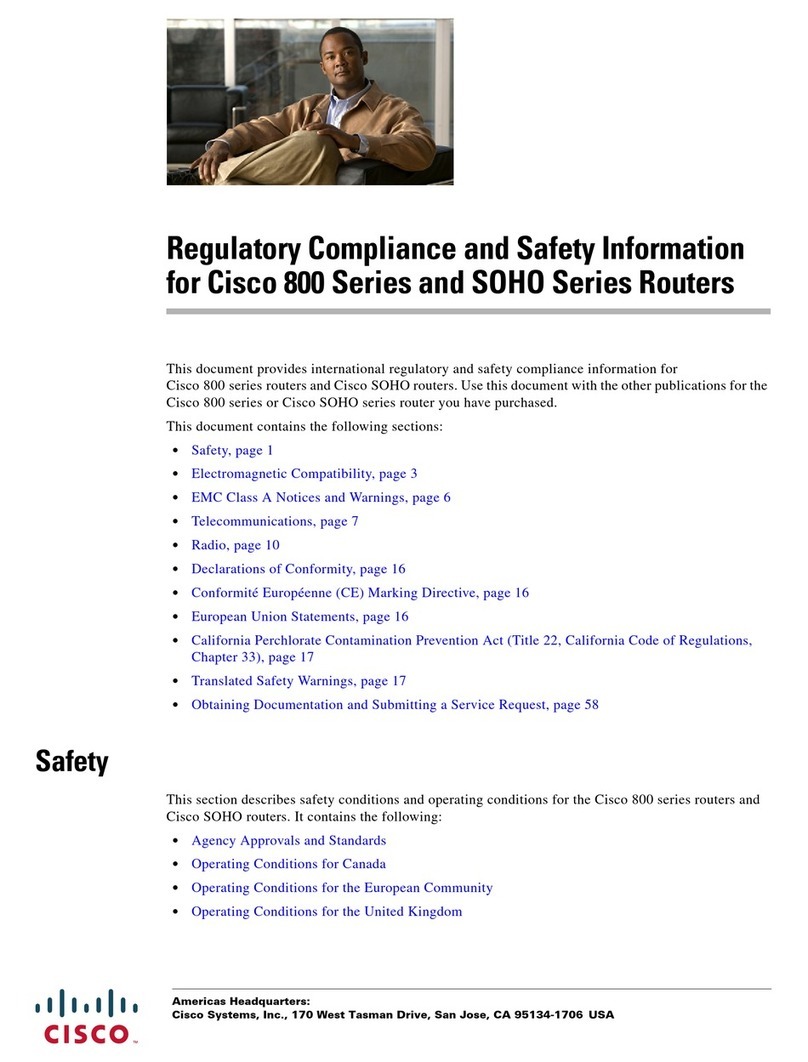4
d.Install the compression nut and tighten loosely
e.Screw the entire feedthru assembly into the RJ45-ECS hous-
ing which is already mounted in the enclosure. There should
be a rubber gasket between the two assemblies. Tighten the
feedthru assembly to create a seal
f. The final step is to tighten the compression nut until the gas-
kets are tight around the Cat5 cable
Disassembly
a.Loosen the compression nut to relieve pressure on the Cat5
cable
b.Unscrew the feedthru assembly from the RJ45-ECS housing
c.Using a small screwdriver depress the RJ45 bayonet lock to
release the RJ45 connector from the socket
STEP 8: Route the outdoor CAT5 cable from the Q-BridgeTM unit into
the building. Make sure to seal any holes you make with sealant to pre-
vent water damage. Tie wrap the cable to secure it so it won’t flap in the
wind. We recommend using black color tie wraps because they perform
better in an outdoor environment than the white color ones.
TECH NOTE: The Q-BridgeTM comes with 75 feet of CAT5e shielded
outdoor rated cable. This should be long enough for most installations.
If additional length is required, you can purchase an RJ45 shielded cou-
pler at most electronics stores. The coupler won’t work very long out-
side but are fine for inside use. You can add up to a total of 225 addi-
tional feet of Cat5e cable without affecting performance.
STEP 9: Install the POE Power Supply. Be sure to plug in the cable
going to the Q-BridgeTM before plugging the unit into the wall. This will
avoid any damage to the Q-BridgeTM which could be caused by plug-
ging in a “hot” connection. There is no problem plugging and unplug-
ging the computer/router cable with power applied, only the POE con-
nection. Once the POE power supply is plugged into the wall and the
system is OK, the green light on the power supply will light and stay lit
as long as the system is in operation. Because the Q-BridgeTM is de-
signed to take such a small amount of power, it is recommended that it
be left powered up 24/7.
TECH NOTE: The Q-BridgeTM POE power supply is specially de-
signed to offer overload and short circuit protection. It also offers surge
protection from lightning to protect your equipment like routers,
switches, hubs, computers and gaming consoles.
11
3.SUN AND HEAT– The Q-BridgeTM is constructed of all UV pro-
tected materials so it will survive for many years in the most extreme of
solar environments (ie; an Arizona rooftop during the summer). The unit
has been tested and qualified for constant operation at over 165 deg F
ambient temperature. Even though the Q-BridgeTM is designed for
long term survivability in extreme environments, we would still recom-
mend that the unit be mounted in a more protected location, like under
a roof eve, if possible. Of course if line of sight is better with the an-
tenna mounted in a non-protected environment then we would recom-
mend the better line of sight mounting location.
4.LIGHTNING – Lightning is the single worst enemy of outdoor elec-
tronics equipment. No electronics will survive a direct strike but there
are close proximity strikes that can cause huge electrical fields to be
generated which can damage electronic equipment. We have taken
special care in the design of the Q-BridgeTM unit to ensure proper
grounding of the electronics inside the enclosure to prevent damage
from electrical storms. We use only the more expensive shielded
CAT5e cable to prevent electrical surges being generated within the
cable. Make sure that the POE Power Supply is plugged into a 3 prong
grounded outlet. This will prevent damage from surges to equipment
inside the house. We highly recommend that the mounting pole or the
wall mount bracket be grounded to give additional protection against
surges caused by lightning. These can be grounded by attaching a wire
to the metal and running the wire to a good earth ground (cold water
pipe, copper stake driven in the ground). If there are metal rain gutters
on the house, the wire can be run from the wall mount bracket to the
metal gutter and then another wire can be run from one of the down-
spouts to an earth ground. Because of the random nature of lightning,
we cannot warrant the Q-BridgeTM against damage from lightning. We
will, however, repair any unit which fails within the warranty period at a
greatly reduced service fee.
5.INTERNET ACCESS SHARING – The Q-BridgeTM is the perfect
equipment to share your internet access with a friend or family member
up to 4 miles away. Using the Q-BridgeTM provides a seamless con-
nection between networks and you can share the internet access avail-
able on the main network with the remote network. Please take note
that certain internet service providers may not approve of this and in
some cases, they may consider this to be illegal. It’s best before shar-
ing your internet connection that you check with your internet service
provider to make sure you aren’t in violation of your service contract.
6.PAINTING – The Q-BridgeTM unit can be painted to match a particu-

